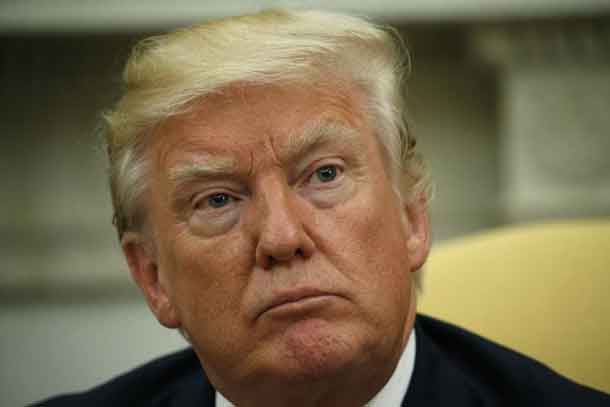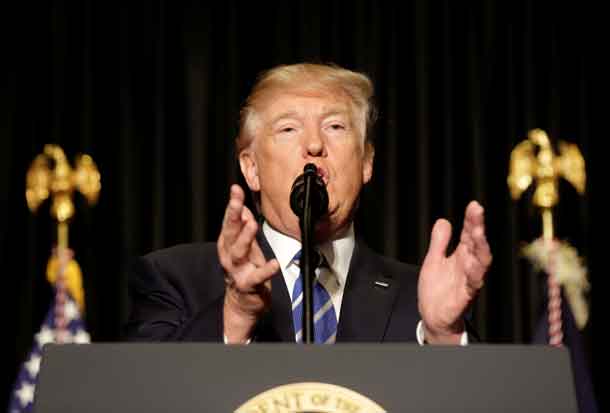

WASHINGTON – A key feature of US President Donald Trump’s campaign to get elected was his tough stance on immigration. President Trump pledged to bring the numbers of people coming to the country, legally or otherwise, down significantly. Figures for the first two quarters of 2017 suggest that it has not been plain sailing.
According to data from the Department of Homeland Security, the second quarter of this year saw a year-on-year decrease of 4% in the number of lawful permanent residents settling in. However, the number of refugees arriving on American shores rose significantly. Over 39,000 came here, although just one-third of that total came in the second quarter.
The fall in the number of refugees coming will give the Trump administration cause for optimism, although there are bigger hurdles to overcome. One of them is the number of people being naturalized as US citizens.
Mexican Standoff
Many newly-naturalized people in the country have crossed the border from Mexico. This could prove particularly problematic for the government, especially as one of their pet projects is the construction of a wall to deter illegal immigrants. Although the President suggested that the wall won’t cover the entire border, many are wondering what impact it would have.
If the wall does eventually get built, it will not be without plenty of legal challenges. Immigration law specialists will be looking at what it means for employers of temporary residents from Mexico, as well as those coming over and becoming US citizens.
Relations between the US and Mexico have soured from the beginning of President Trump’s tenure. His hardline stance on immigration, as well as some of the language he has used when discussing Mexican people, hasn’t endeared him to his close neighbor.
Long-term Strategy
Earlier this month, the President spoke about his long-term goals for the number of people coming to the US legally. In front of a large crowd of journalists, he stated that the goal during his first term in office was to cut the number of legal immigrants to the country by half.
As part of the RAISE program, President Trump also said that, should it be given the green light by both houses, English-speaking immigrants would be favored. For employers, this would not be so bad, but for skilled migrants in industries where the local pool of talent is shallow, this would be challenging.
Expert immigration lawyers will need to watch out for what happens if RAISE is signed into law. President Trump will have his work cut out getting his own way on immigration legislation, but they need to keep a firm eye on what happens in Washington.
Future immigration trends suggest that the numbers coming in will fluctuate for the months ahead. A downward trend is more likely though, particularly if the government’s stance remains hard, new legislation or not.






